Peripheral Arterial Disease
PAD is a common disorder affecting a third of Americans
Peripheral arterial disease is caused by atherosclerosis or hardening of the arteries, which is the accumulation of plaque inside the walls of the arteries causing blockage or stenosis. This can reduce blood flow to the organs supplied by the arteries. Narrowing the arteries to the lower extremity decreases blood supply to the muscles and connective tissue of the legs, with severe consequences. Effective peripheral artery disease treatment is essential to manage and alleviate these symptoms.

Peripheral Arterial Disease Symptoms
- Claudication, which is a sensation of pain and cramping in the muscles of the leg or the thigh while walking.
- Rest pain in the feet or legs that can happen with or without walking.
- Ulcerations in the feet and legs.
- Coolness of the legs and feet.
- Pain in the calf and thighs while walking.
- Erectile dysfunction.
- Gangrene or black discoloration of the toes and feet.
If untreated peripheral arterial disease can lead to amputation of the legs with severe disability. Prompt peripheral artery disease treatment can prevent these severe outcomes and improve quality of life.
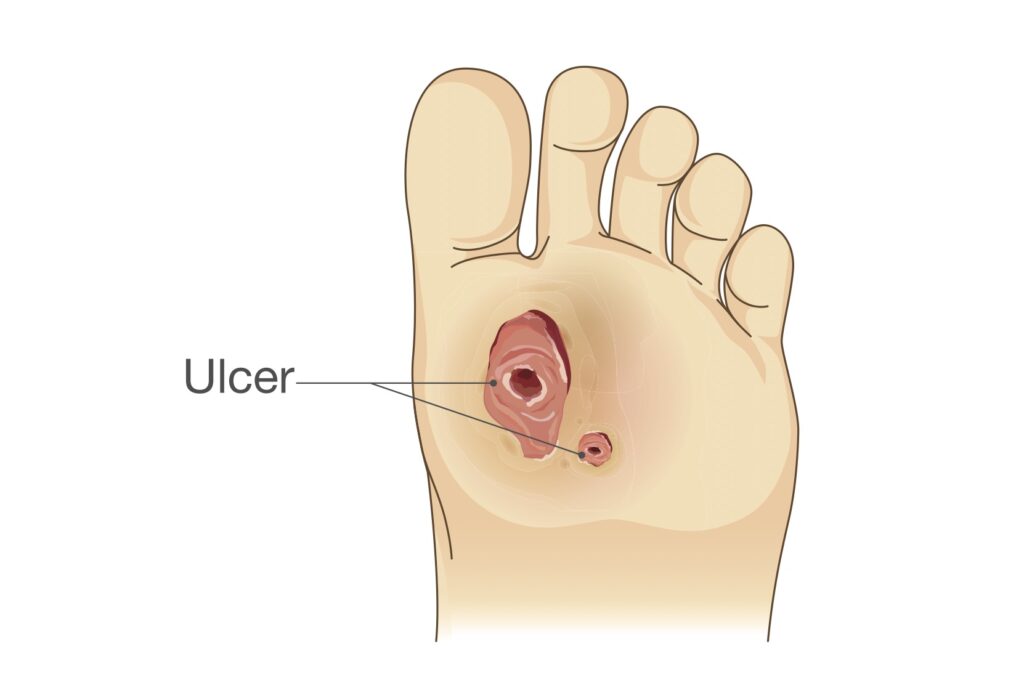
Peripheral Vascular Doctor
If you’re experiencing symptoms that could be related to peripheral artery disease, it’s crucial to seek prompt medical attention from a specialist. If you notice any concerning health issues or symptoms, consult a peripheral artery disease doctor in Encino, Los Angeles, immediately for specialized guidance and effective treatments.
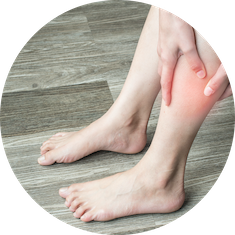
Risk factors for peripheral arterial disease:
- Atherosclerosis or hardening of the arteries.
- Smoking high cholesterol.
- High blood pressure.
- Genetic predisposition.
- Obesity.
- Inflammatory conditions.
- History of radiation to the pelvis.
- Diabetes.
- History of coronary artery disease or heart attack.
- History of stroke.
- History of renal disease.
- Family history of peripheral vascular disease.
- High level of homocysteine which is an approaching component that helps maintain and build tissues.
When to See a Doctor?
Leg pain, numbness, or cramping, especially during walking or rest, could indicate peripheral arterial disease. Whether or not you exhibit symptoms, individuals over 65 or those with multiple risk factors should consider screening. Consult a peripheral artery disease doctor in Encino, Los Angeles, for proper evaluation and guidance on treatments for peripheral artery disease.
Diagnosis of Peripheral Arterial Disease
Physical examination
During a physical examination, a peripheral artery disease doctor in Encino, Los Angeles, checks pulses by palpating the pulsations over arteries in various body parts, including the groin, the back of the knee, and the foot. If there is evidence of peripheral arterial disease, pulses will be diminished, or a bruit, a whooshing sound over the arteries, can also be heard with the stethoscope. Diagnosis is crucial for determining the most effective peripheral artery disease treatment.
Ultrasound
Peripheral arterial surgeons suggest PAD is best diagnosed with an ultrasound of the lower extremity, which evaluates the arterial supply to the feet. This non-invasive study involves placing a probe in various parts of the leg and assessing the circulation. It is done in the office and usually takes about 30 minutes. Ultrasound is a key diagnostic tool in planning appropriate treatments for peripheral artery disease.
Further Tests
After the initial evaluation, a peripheral artery disease doctor in Encino, Los Angeles, may recommend further invasive tests, such as an angiogram, CAT scan, or magnetic resonance imaging, to thoroughly assess the extent and anatomy of the affected artery. These tests are essential for customizing effective peripheral artery disease treatment plans.
Peripheral Arterial Disease Treatment
- In mild cases of peripheral arterial disease, treatment is nonsurgical, and it would include:
- Smoking cessation.
- Diabetes control.
- Decreasing improves high blood pressure.
- Cholesterol control.
- Eating more plant-based diets and foods low in saturated fats will help maintain a healthy weight.
- A moderate amount of walking is also beneficial since the body can create new small blood vessels called collaterals that supplement the blood supply to the lower extremities.
If the symptoms of peripheral arterial disease do not improve or the degree of the stenosis is moderate to severe, then in the arteries, minimally invasive procedures such as an Angioplasty, Atherectomy, or stent placement can be used to improve the blood supply to the lower extremities. These procedures are part of advanced treatments for peripheral artery disease aimed at restoring optimal blood flow.
Angioplasty, Atherectomy, or stent placement
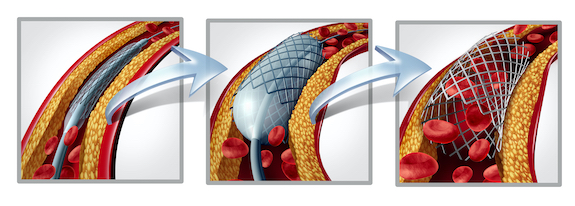
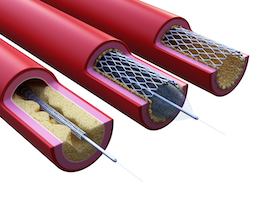
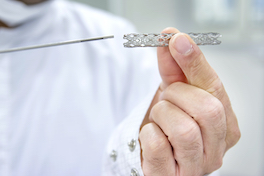
During these procedures, access is gained to the arterial system using a small needle, either in the groin, the foot, or the wrist. Blockage can be reduced by atherectomy devices that act as a Roto-Rooter, diminishing the blockage. This can be followed up with a balloon angioplasty or stent placement to improve blood flow to the lower extremities. These procedures are minimally invasive and are done with no general anesthesia under local anesthesia with sedation. A peripheral artery doctor often recommends minimally invasive procedures to manage PAD effectively.
Results are excellent, and recovery is rapid. The procedure can be done in the office. Patients can walk all over the office the same day and return to work the next day.
Open Surgery for Peripheral Arterial Disease (PAD)
Arterial bypass surgery is saved for patients who cannot be treated with minimally invasive procedures. Open surgery requires general or local anesthesia. During these procedures, a new conduit, either a synthetic graft or an actual vein from the body, bypasses the blockage and brings new blood to the lower extremity. These procedures can be done with small incisions in the lower extremity. Recovery time is several weeks, and the length of stay in the hospital could be several days.
Peripheral arterial disease is diagnosed and treated at Encino Vascular Institute with minimally invasive procedures.
Proudly accepting patients in